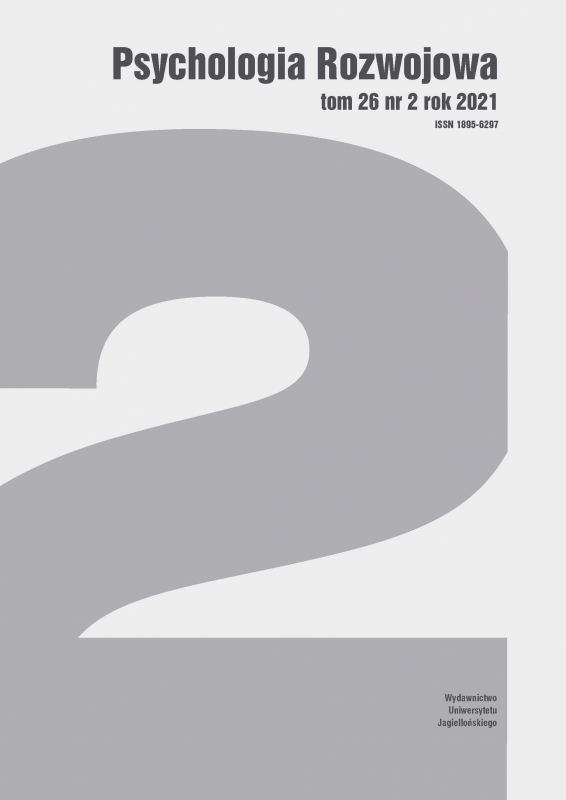Funkcjonowanie poznawcze, zmiany gałkoruchowe i oczne w przebiegu prawidłowego starzenia się i procesu otępiennego typu alzheimerowskiego – przegląd badań
Cognitive Functioning, Eyesight and Eye Movement Changes in the Course of Normal Aging and the Alzheimer’s Dementia Process – a Review of Research
Author(s): Klaudia Ołownia, Monika Wiłkość-Dębczyńska, Przemysław Zabel, Daria Kukuła, Katarzyna Zabel, Jakub J. KałużnySubject(s): Psychology, Developmental Psychology
Published by: Wydawnictwo Uniwersytetu Jagiellońskiego
Keywords: cognitive functioning; eyesight changes; eye movements
Summary/Abstract: Polish society is aging. Currently, people over 65 constitute 16.5% of the population. Along with changes in the population structure, the number of patients with dementia disorders increases. Every year, worldwide, there are nearly 4.6 million new patients diagnosed with dementia, including the Alzheimer’s disease (AD). The purpose of this article is to review research studies that analyze visual-spatial deficits, eyesight and eye movement changes in normally aging people and in patients with AD. With age, various cognitive deficits appear, including visualspatial deficits of perception of complex stimuli, copying figures and visual construction, coordination and visual-spatial processing. So far, a number of studies have been conducted which show that people with AD have a thinner retinal nerve fiber layer. Macular volume and thickness reduction is also observed, which correlates with the severity of cognitive impairment. Research also points to the association of AD with eye movement disorders. Patients in this group make a greater number of errors in anti-saccade tasks as compared to healthy people. Typical for AD are delayed saccades and slow vertical saccade movement, lower accuracy and longer latency time, as well as lower saccadic inhibition as compared to normally ageing people. Identification of eye movement disorders can not only provide information on the severity of the disease but also make it possible to track its progression, and thus, probably, evaluate the effectiveness of the treatment. Further studies will verify the diagnostic value of the retinal changes as an AD marker and the eye movement disorders in determining the severity of the disease, monitoring its course and assessing the effectiveness of the treatment.
Journal: Psychologia Rozwojowa
- Issue Year: 26/2021
- Issue No: 2
- Page Range: 21-37
- Page Count: 17
- Language: Polish

